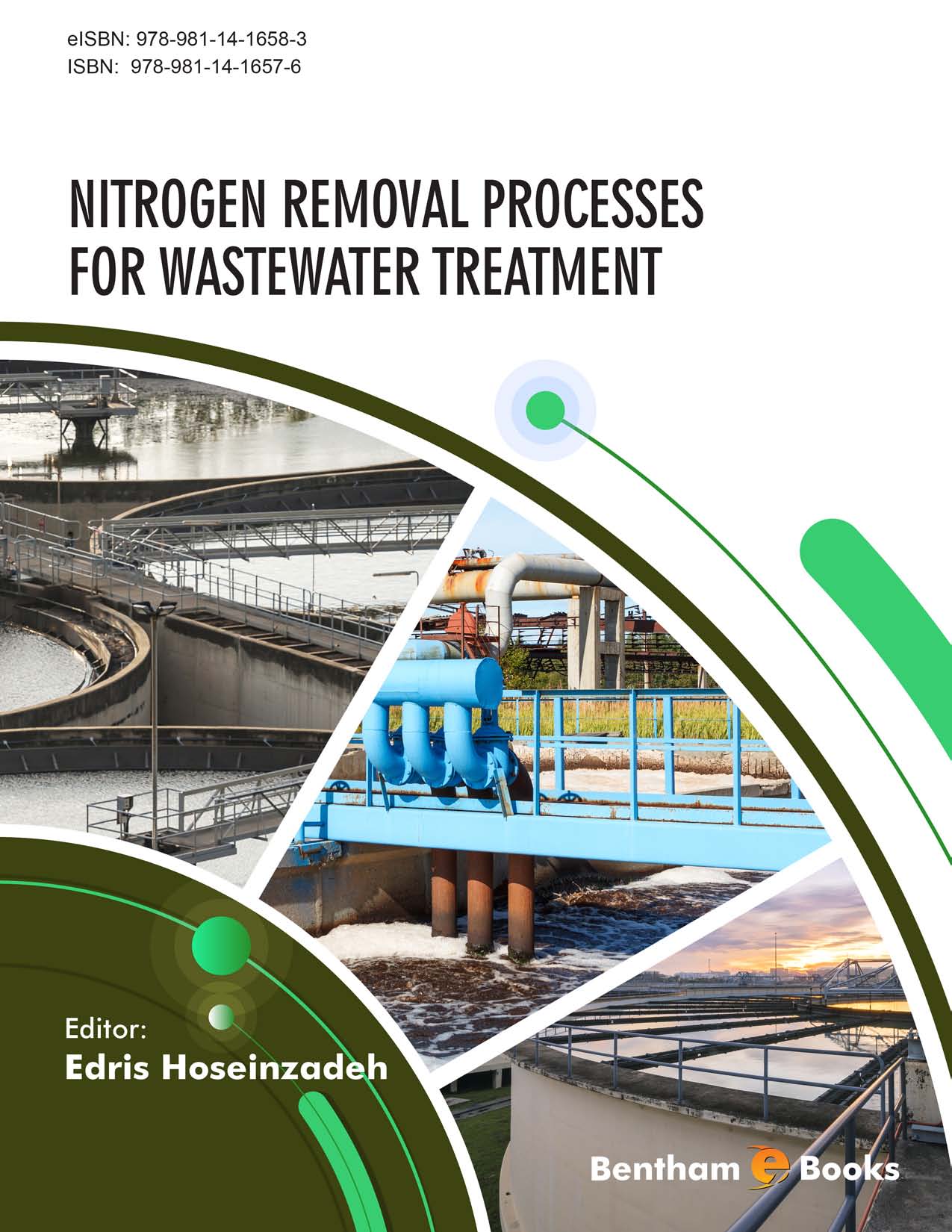Preface
As we know, most of the human activities that require the use of water produce wastewater. As the total demand for water grows, the quantity of wastewater has increased and its overall pollution load is continuously increasing worldwide. One of the pollutants is the nitrogen compound in wastewater. Nowadays, attention to nitrogen removal in wastewater treatment processes has increased. The discharge of nitrogen compounds plus other nutrients into the water bodies leads to water pollution and the growth of algae and aquatic plants. The ground water and surface water supplies are at risk of pollution by these compounds in many areas of the world. From another perspective, water demand is greater than the amount supplied by rain and snowmelt. Therefore, water conservation, wastewater recycling, and reuse are becoming more important. Removal of nitrogen from wastewaters can be highly focused as it can be removed simply and effectively. To successfully remove nitrogen from wastewater, we must have the basic knowledge. We have, therefore, found the description of nitrogen removal techniques in wastewater treatment processes that can be useful and interesting for readers.
The introduction section of chapter 1 gives a very brief overview on the nitrogen compounds and its toxicity, highlighting pollution in the water environment and the necessity to remove this compound from water. Chapter 1 discusses conventional methods and the technology of nitrogen removal from water. Chapter 2 present a conventional biological method for nitrogen removal in wastewater treatment plan. The next three chapters are the essential parts of this book and maybe the most interesting parts to the readers. The authors introduce the role of food industry in wastewater treatment for nitrogen compounds in chapter 3. In chapters 4 and 5, a new biotechnological approach toward eradicating environmental pollution by different types of Bio Electrochemical Systems (BES) is prepared. Although the present eBook is not design for process engineers specially, but by studying this book, the reader would have an overview of the risk related nitrogen compounds to the environment, along with conventional and new techniques to remove them from wastewater. The principal of the proposed method along with practical information and effective factors on the each process is given that makes this eBook a very useful document in the area of nitrogen removal process. In general, this book is very easy to read and understand. This book offers major developments in recent research to bring nitrogen removal processes in to practice. It provides a unique, holistic perspective on the basic and applied research issues regarding the application of nitrogen removal processes in wastewater treatment. The reader finds up-to-date information and solutions of nitrogen removal processes from many leading experts in the field.
This eBook is not free of limitations. Though we tried our best to make the book free of errors and limitations, we apologize if any error is found. Please feel free to contact us and reflect your comments to improve this eBook in next editions. I would like to thank my family (my patient wife and lovely boy, Azhwan) for their time and special thanks to my colleagues, teachers and scientists for contributing.
Edris Hoseinzadeh
Department of Environmental Health Engineering,
Social Determinants of Health Research Center,
Saveh University of Medical Sciences,
Saveh,
Iran

